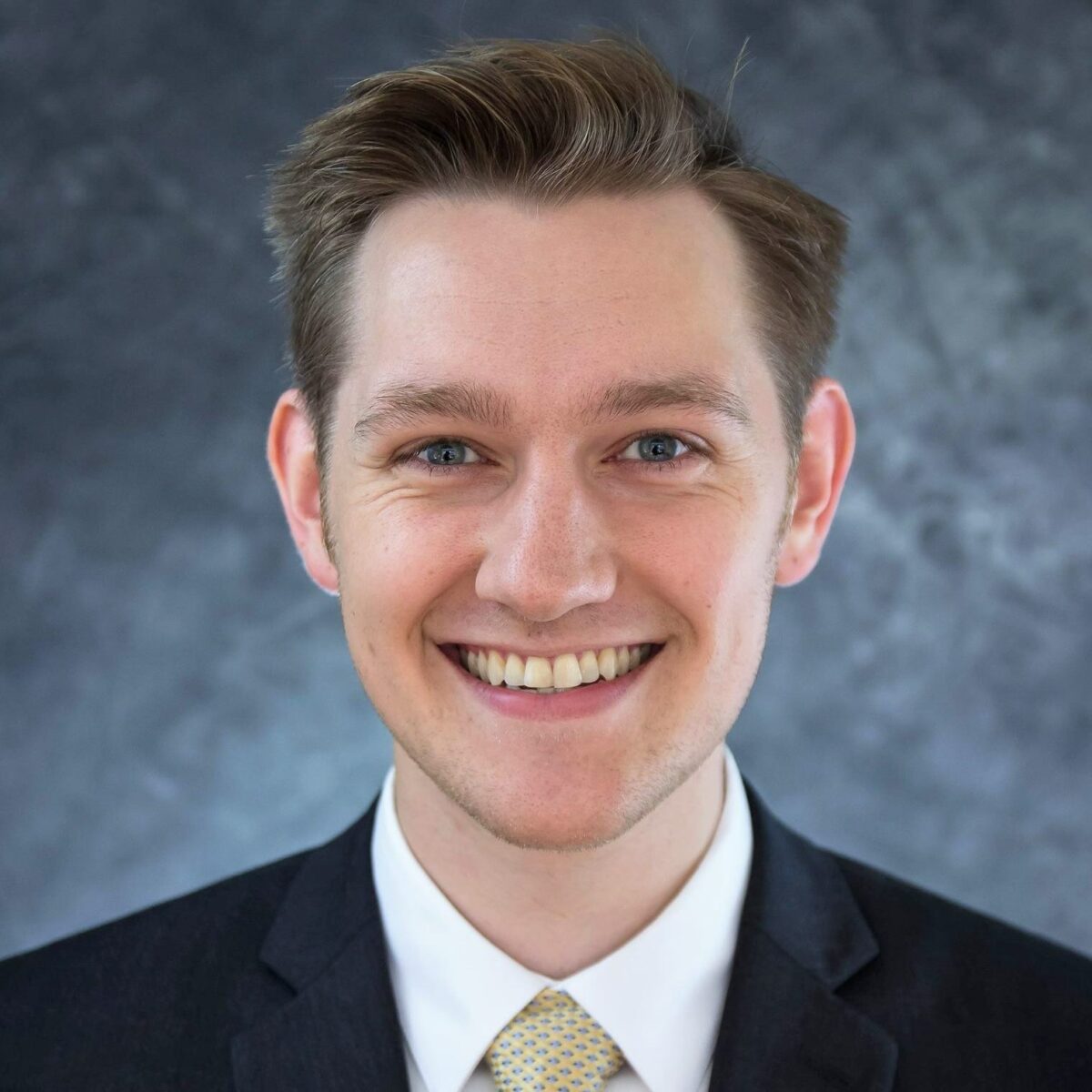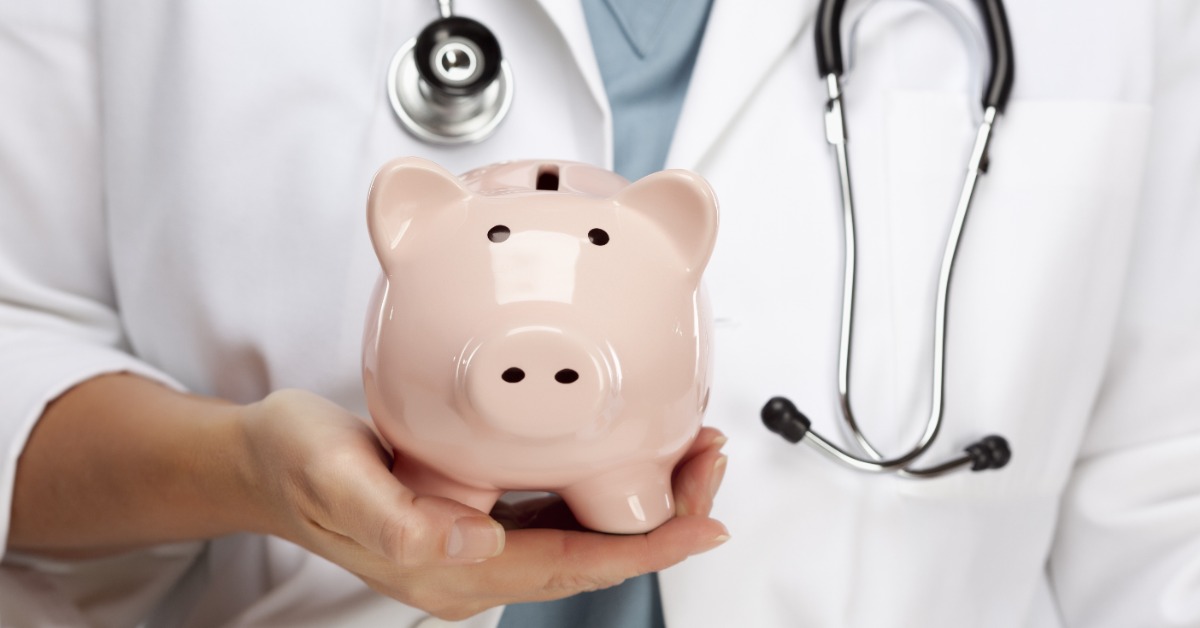It’s no secret that student loan debt is one of the biggest challenges facing young doctors today. Since most medical school graduates will need to finance at least part of their medical education using student loans, it pays to have a plan for dealing with debt after medical school.
One of the most important aspects of this plan is also the most obvious: living frugally as you work to pay it off. You do, however, have more options for dealing with that debt. Read on to find out about some of the ways you can work to get your debt forgiven, paid off, or otherwise taken care of after graduation.
Why Is Medical School Debt a Problem?
Student loan debt in the United States is often referred to as a crisis. Tuition costs have increased at a rate 196.2% faster than inflation, and funding for public education in the United States has steadily decreased since federal student loans became available to most borrowers in 1978. This combination of factors has led to massive student loan debt for many graduates of US institutions, not only from their medical school careers but often from their undergraduate education as well. Dealing with that educational debt has real effects on students long after they graduate, leading many to put off purchasing a home and leaving them with less money to spend in general.
For doctors, the problem of student loans may be particularly challenging. Doctors in the US generally have low salaries during their training, and a prolonged training period that typically lasts least 7 years after they complete their undergraduate degree. For doctors who want to go on to do subspecialty fellowship training after residency, this period of low income can stretch to 10 years or more. This means the average doctor may not be making an attending salary until they are in their mid-30s! Combine this with a large student loan burden that accumulates interest during training, and you may be wondering if becoming a doctor is worth it financially. Fortunately, the math still makes sense for most doctors – provided you can come up with a plan for how to pay back your medical school debt.
Regardless of where you go to school, you’ll likely need to rely on student loans to help you achieve your goal of becoming a doctor. When it comes to student loan debt, there are three options for paying for medical school:
Tip #1: Get a Scholarship
While scholarships for medical school are more difficult to come by than those for undergraduate education, there are still opportunities to help you deal with the cost:
- A handful of US medical schools offer free or substantially reduced tuition based on financial need or academic merit. If you’re lucky enough to qualify, this may be a good option for you.
- In exchange for years of military service, the Health Professions Scholarship Program will cover the costs of medical school at a rate of one year of service per one year of tuition. You must be eligible to serve in the US military to qualify.
- Similarly, the National Health Service Corps offers tuition support in exchange for years of service in primary care professions in a federally-approved underserved area.
- Students interested in a research career may want to pursue a combined MD-PhD program, many of which offer full-tuition scholarships. Check the website of your prospective program for specific details about the duration of each program and scholarship support, which can vary significantly from institution to institution.
- Individual schools may also offer scholarships for certain students. For instance, my alma mater, Emory University, offers tuition support for students who are willing to commit to practicing primary care in Georgia after the completion of their training.
The vast majority of full-tuition scholarships for medical school require a commitment of a certain number of years of service after graduation, either in military service, primary care, or working with an underserved population. If you fall into any of these categories, you may be in luck!
Tip #2: Get Your Debt Forgiven
In addition to scholarships, there are also programs available for debt forgiveness after you have completed your training:
- The Public Service Loan Forgiveness Program should be one all doctors seriously consider, especially if they work at a 501(c)(3) nonprofit, which includes most hospitals and hospital systems. After 120 qualifying monthly payments, borrowers are eligible to have their remaining debt completely forgiven. This includes the time you spend in training as a resident, as long as that training was at a qualifying employer, meaning that for many trainees with long residencies their federal loans may be eligible for forgiveness only a few years after completing their training. You must work at a nonprofit institution while making the payments, and only federal student loans are eligible for forgiveness.
- In addition to scholarships, the National Health Service Corps and Health Professions Scholarship Program also offer loan forgiveness to physicians after they finish training in exchange for years of service.
- Individual states and organizations also offer loan forgiveness opportunities, usually for those willing to serve in primary care professions or underserved regions. The AAMC maintains a list of these opportunities.
Most of the scholarship opportunities I listed previously also offer loan forgiveness; if you’re considering a career in military medicine, primary care, or service in an underserved region, these debt forgiveness options could be a fantastic option for you. The Public Service Loan Forgiveness program is a particularly important program, especially for those planning on a career in academic medicine, since it represents an opportunity to have all or most of your student loans forgiven shortly after you finish training. Be sure to familiarize yourself with the rules of this important program.
Tip #3: Pay Back Your Student Loans in Full
The vast majority of doctors will not receive enough in scholarships or loan forgiveness to cover their entire debt. By far, the most common way to deal with debt after medical school is to pay it back. It’s good to prepare for this well in advance by getting financially educated about the best ways to pay back debt, and how to save on paying back what you owe for medical school.
For starters, living frugally during medical school, residency, and beyond will allow you to pay back your debt faster. If you commit to “live like a resident,” for 2–5 years after the conclusion of your training, you may be able to get rid of your student loan debt by paying it off sooner than you thought. There are a multitude of ways to save money while in training, from living with roommates to moonlighting for extra cash. The more money you save early on in your career, the faster you’ll be able to get rid of your debt.
If you have high-interest federal loans or private loans, you may be able to save even more on your student loan interest by refinancing your student loans. While the loans you took out during medical school may be accumulating interest at a rate of 6%–7% a year, refinancing your loans as an attending can cut that interest rate in half or more, potentially saving you thousands of dollars in interest. Keep in mind that when you refinance student loans from the government to a private company, you are no longer eligible for the many benefits of federal loans, including any interest rate pauses or federal loan forgiveness that may occur in the future.
Payment Programs for Federal Student Loans
If you have federal student loans, you will have to decide on a payment program after graduation from medical school. The federal government currently offers several repayment plans for federal loans:
- A “standard” repayment plan, which will divide your student loans into monthly payments to pay off the entire amount in 10 years.
- A “graduated” repayment plan, which starts with lower payments and gradually increases the amount to pay off the entire amount in 10 years.
- An “extended” repayment plan, which lowers your monthly payment, but increases the payoff time to 25 years.
- Four “income-based” repayment plans, which base your monthly loan payment off the amount of income you make in a given year.
- An “income-sensitive” plan, which is available only to low-income borrowers.
While every medical school graduate’s situation is different, the vast majority of borrowers will not be able to afford the monthly payments on a “standard” or “graduated” payment plan on a resident’s salary. If you’re having trouble paying your loans off or just have questions about your student loan payment program, free advice is often available. Contacting your student loan servicer should be the first step, and using the services of free non-profit organizations like the Institute of Student Loan Advisors. You should also be wary of student loan scams that promise forgiveness in exchange for personal information that can be used to steal your money or identity.
In Summary…
Coming up with a plan for dealing with your debt after medical school is fundamental to your long-term financial success. While medical school can be expensive, it is still financially possible to deal with your debt after medical school, whether it’s by getting it forgiven or paying it off quickly in a few years after the completion of training. The most important thing you can do when first starting out is to prepare by researching these programs and come up with a plan for yourself. With a little planning, you’ll be on your way to taking care of that debt in no time!





